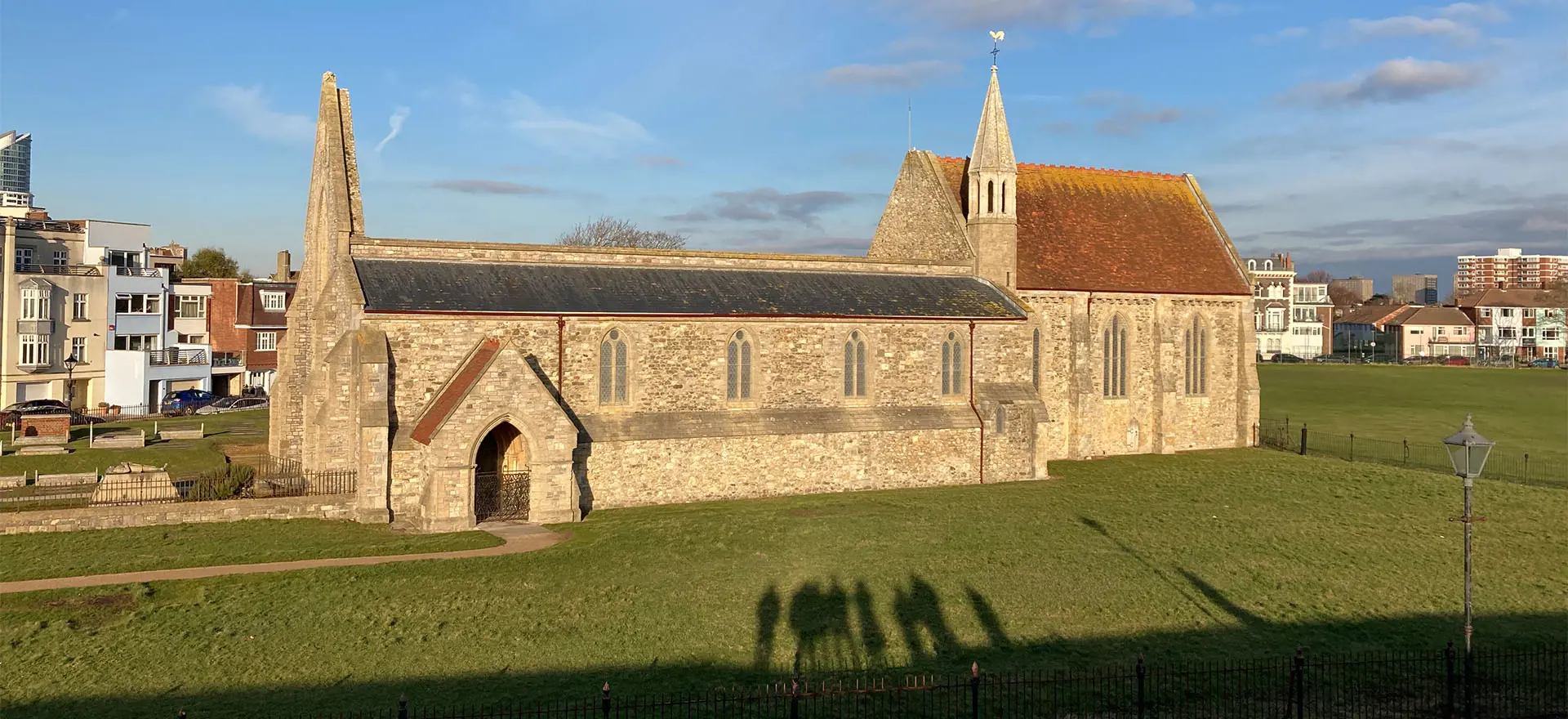The shortage of planners is much written about, but less has been said about the acute problems experienced in the heritage sector where a growing demand for heritage professionals outstrips supply. The problems stem from an ageing workforce, an insufficient number of heritage and conservation professionals entering the profession, and the migration of staff from public to private practice. The problems manifest in many local authorities unable to fulfil their duties adding to the wider problems experienced in delays in plan-making and decision-taking in the planning system.
This position is borne out clearly by the statistics. Historic England surveys local planning authorities on the numbers of specialist heritage professionals. Between 2006 and 2018, the number of conservation specialists, and archaeological specialists both fell by a massive 35% - the most recent survey numbers suggest this trend is continuing.
[1] This is complicated by the lack of funding, which has resulted in the steady decline of planning-related support roles overall.
This is also not a complete picture however, as the private sector is not captured in these statistics. A dwindling resource and skills base in the public sector is probably being exacerbated by growth in the private sector as consultancies, like mine, see an increase in demand for such services.
Historic England has taken a further foray into education, outside of the professional training and CPD sessions they already provide, by developing a wholly new pathway into the industry. This has taken the form of the Historic Environment Advice Assistant level 4 apprenticeship. I am part of only the second cohort to undertake the course. It is a trailblazer new apprenticeship developed in conjunction with several heritage bodies including the Chartered Institute for Archaeologists and the Institute for Historic Buildings and Conservation. The course is being delivered jointly by Historic England and Strode College, in Somerset.
The purpose of the course is to develop a pathway into the profession by opening it up to those without access to further education or encouraging those in other professions to retrain or upskill. As such, there are varying levels of experience, qualifications and a variety of backgrounds on the course.
The majority on the course are at the beginning of their careers using the apprenticeship to gain direct experience in heritage, where they have no prior background. There are some however who are in later stages of their careers, looking to retrain or bolster their heritage credentials. I am in the former group – I have a postgraduate qualification in history, but prior to beginning my role and this apprenticeship, I had limited direct experience of heritage and conservation. Those on the course are almost entirely in the public and charity sectors (including a large contingent from Historic England), with me being the only one from the private sector. Businesses providing professional services may be reticent to hiring apprentices, or perhaps there is a lack of awareness given this course is very new.
There are only nine of us in my cohort so the course must grow to make a real difference to the profession as a whole. To grow to achieve its aim of increasing pathways into heritage, it will require getting the private sector far more involved. This would necessitate the course marketing itself to businesses on how it would enhance the value of their early career employees either for aspiring heritage specialists or planners or surveyors with an interest in working with heritage assets.
This should be quite easy - the course fees can be funded from payments from the Apprenticeship Levy, so for companies who pay the levy the only costs are expenses associated with attending eight study weeks in college and on-site; and the opportunity costs of time not spent on client work. My company has already found that the skill and productivity benefits arising from my upskilling more than outweigh those costs.
Historic England should be applauded for developing this new and innovative pathway and I will be an advocate for the course once I have completed it in the summer. The development of the course is a big step in the right direction for the heritage sector, but it is certainly not a panacea. The answer to resourcing must be multi-faceted, from enhancing pathways into the industry to marketing the interesting and challenging work there is to be done to a much wider talent pool; to staking its claim for improved funding and greater sharing of knowledge and available resources at local levels.

Picture: A coursemate and I holding some coconuts found amongst the Rooswijk shipwreck, a Dutch East India Company vessel which sank off the coast of Kent in the 18th century. The coconuts may have been from another vessel but could be well over 250 years old! The course visited the Historic England Fort Cumberland research centre earlier this year to learn about the Rooswijk and various heritage research technologies.
[1] Report on Local Authority Historic Environment Staff Resources 2020, Series 2 Issue 1, Produced by Historic England, Place Services at Essex County Council and the Associated of Local Government Archaeological Officers, August 2021.




